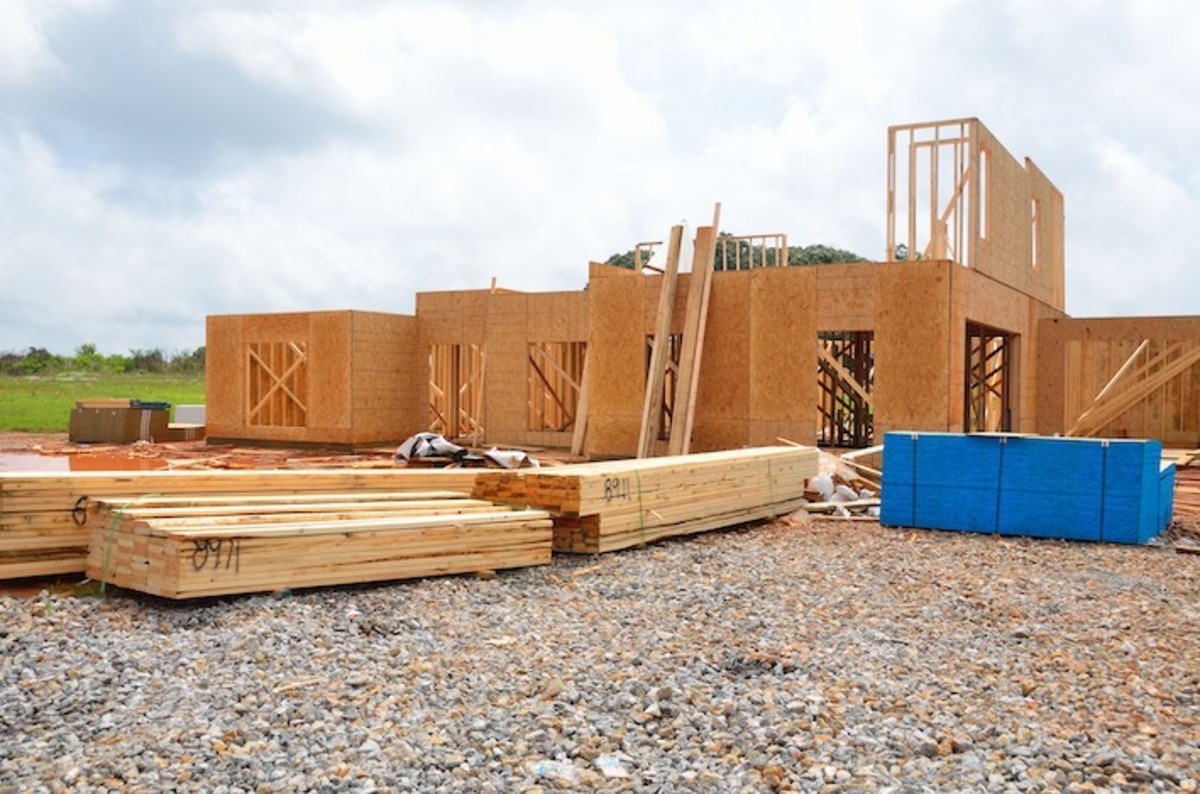More housing development for south coast
Staff Reporters
18 March 2025, 8:08 PM

The state government is proposing to free up agricultural land for more housing development on the south coast and other areas of outer Adelaide.
It will introduce a bill to vary the Environment and Food Production Areas (EFPA) to ensure an ongoing supply of development ready land over the next 30 years to accommodate 315,000 new homes.
It says changing the EFPA boundaries to align with the Greater Adelaide Regional Plan (GARP) will unlock the potential to accommodate 61,000 new dwellings which will ensure there is a greater supply of land for housing.
The GARP identifies land within the current EFPA at Roseworthy, Two Wells, Murray Bridge, Victor Harbor and Goolwa as potential future greenfield supply.
The state government says growing communities will be well-serviced as the GARP ensures enough land will be preserved for future hospitals, roads, public transport, schools, and emergency services.
Without the proposed changes, it says the housing crisis could continue for another generation as most of the proposed greenfield growth sites identified in GARP could not be rezoned and developed within the next 15 to 20 years.
This assumes lack of land availability is the main cause of the housing crisis; there are no proposals to address any other causes.
Planning Minister Nick Champion says rolling development and a ready land supply are needed to ensure the state doesn’t face another housing crisis.
“Changes to the legislation will align the EFPA to government policy, which states there is no longer a target for greenfield vs infill development.
“The total amount of land anticipated to be removed from the EFPA in the Greater Adelaide area is less than one per cent of the current area.
“The GARP identifies land appropriate for housing which is neighbouring existing residential areas and is already well serviced by infrastructure.”
He says the GARP investigations that informed the identification of growth areas included detailed land suitability assessments which considered environmental value and the agricultural value of land.
It assumes that over the next 30 years South Australia will need approximately 315,000 more homes. The GARP has identified a mix of greenfield development and strategic urban infill opportunities to ensure this target is met.
He says when the EFPAs were created, the government’s priority was for 85 per cent of all growth to occur through infill development which means the existing Act is inconsistent with the current objectives and needs updating.
Spanning approximately 11,000 square kilometres from Cape Jervis to Murray Bridge, taking in the townships of the Barossa and the boundary of Port Wakefield, the Greater Adelaide region is currently home to around 1.5 million people, approximately 85 per cent of the state’s population.
The GARP can be read online.
Premier Peter Malinauskas says he wants to make sure the state grows in the right way.
“That means learning the lessons of the past, where growth has not been properly calibrated.
“We cannot see our suburban streets just continue to be carved up and subdivided in an uncontrolled manner.
“We must grow in a way that gives people choice, whether that be living in close proximity in the city or raising a family on a bigger block in the suburbs.
"By identifying areas of growth and preserving land for future infrastructure, we are saving taxpayers money and helping appropriately budget for the long term."
The bill to amend the Planning, Development and Infrastructure Act 2016 to ensure EFPAs are aligned with the GARP is planned to be introduced to Parliament this week.
The Premier told ABC radio on Monday 17 March that he hoped to have the support of the cross bench in the Upper House to pass the legislation.